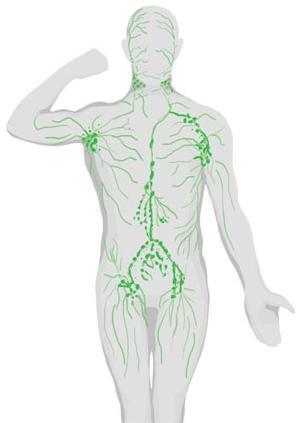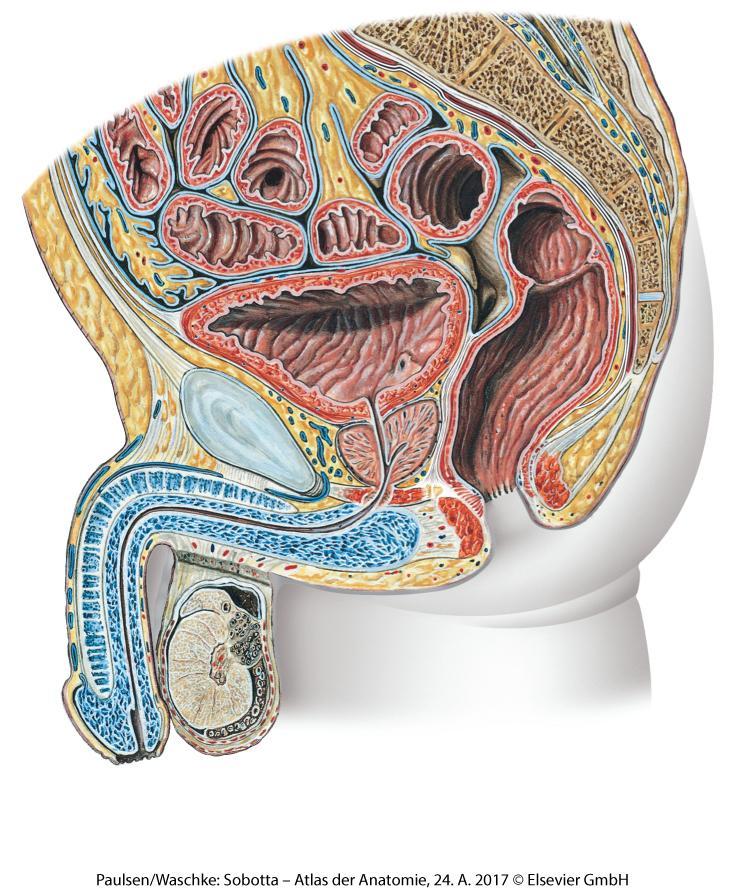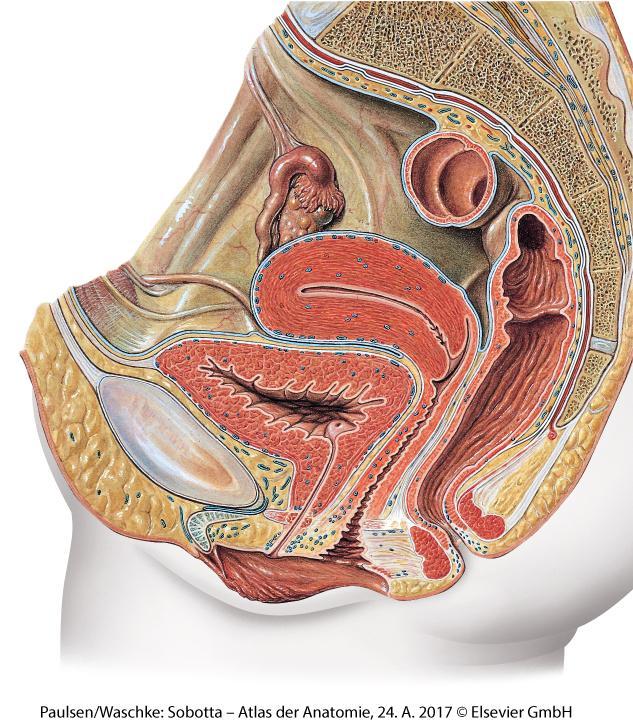
The pelvis in general is very important from the point of view of sitting, because
- posture /angle of the pelvis determines the posture of the lower spine, and usually all the way to the head
- in sitting the weight of the upper body presses the pelvic tissues with bad consequences
- the biggest concentration of the lymph system organs is in the pelvic area
- there is a massive concentration of blood vessels in the pelvis
- there are the biggest muscles of the body in up to three layers
- the pelvis is the most common place of muscle tensions because of poor liquid circulation, pressure, unnatural positions, immobility, stress, etc.
there are sensitive organs between the tail bone and sacrum with very high cancer concentration (males = half, females = quarter of all cancers, in an area the capacity of which is just over one litre) - there are very sensitive genitals with lots of medical problems
- clothing around the pelvic area is very often numerous and too tight, which disturbs the fluid circulation
- the sitting position and bending the pelvis to a 90 degree angle makes the clothing even tighter
- excessive clothing and chair paddings cause the temperature often to be too high in the pelvic region causing, among other things, sweating, discomfort, poor hygiene, poor sperm quality and female genital infections
There are a lot of sensitive blood vessels and veins, and lymph vessels and nodes (picture above) both in the male and female pelvic area
Pelvic floor muscles (PFM) do not like the pumping movement of horseback riding, but they are activated by sitting on a saddle chair. According to EMG tests, reaching down (to a low shelf, printer etc.) from a two-part saddle chair, over the supporting leg, is good exercise for the pelvic floor muscles. It is beneficial to make use of this phenomenon. Big risk factor for weak pelvic floor muscles and “gynecology descend” is the pressure in the stomach area. Sitting with poor posture increases this pressure and sitting with good posture eliminates it.
A very important but neglected area for ergonomic development is the furniture around the pelvic area. Also in physical therapy and metabolism rehabilitation, massage, etc. the pelvic area should be emphasized much more than is traditionally done.
For example, consider doing the following: use loose and well ventilated clothes, engage in repeated physical activity during the work day, make micro movements while sitting on an active seat, sit on a two-part saddle chair, and have the sitting bones support the weight of the body, instead of the soft tissues.

Picture: Cross section of the male pelvis reveals how close to the pelvic floor all the sensitive organs are in the pelvic bowl (which is about 1 litre). The sitting pressure spreads into the pelvic bowl trough the pelvic floor where the soft tissues are being pushed inside on padded seats. This causes a pressure field inside the pelvic bolw, which in turn, reduces the circulation considerable and thus disturbs the healthy metabolism as well. This phenomenon is most likely the biggest single reason for the prostate problems of the men who sit a lot.
Original source of picture: Paulsen, Waschke, Sobotta Atlas of Human Anatomy, 15th Edition 2011©Elsevier GmbH, Urban & Fischer, Munich.

Picture: The pressure consequences in females are the same as in males but even worse, because the pelvic opening diameter is about 20 mm bigger. The large number of inflammations can largely be explained by reduced circulation and thus weakening immune defences. Gynaecological decent (internal organs in the pelvic bowl “collapse” on the bottom) is partly caused by poor posture in the upper body and the pressure that is causes and spreads from the abdominal cavity down into the pelvic bowl.
Original source of picture: Paulsen, Waschke, Sobotta Atlas of Human Anatomy, 15th Edition 2011©Elsevier GmbH, Urban & Fischer, Munich.
The statements on the page are based on the following sources:
Michael Adams, Nikolai Bogduk, Kim Burton, Patricia Dolan: The Biomechanics of Back Pain
David A. Rubenstein, Wei Yin, Mary D. Frame: Biofluid Mechanics, an Introduction to Fluid Mechanics, Macrocirculation, and Microcirculation
Marcus J. Seibel, Simon P. Robins, John P. Bilezikian: Dynamics of Bone and Cartilage Metabolism, Principles and Clinical Applications
